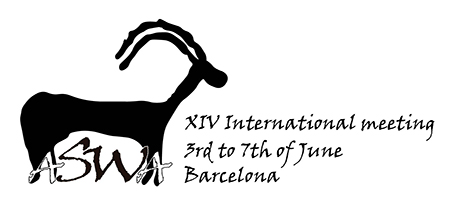‘The Ways of Horus' in northern Sinai follows the Mediterranean coastal strip from the eastern Nile delta to Gaza. During the New Kingdom period (ca. 1550-1150 BC), it served as Egypt's imperial military and administrative network and a vital artery for commercial activity between Egypt and Asia. This study describes the archaeozoological finds recovered from four different Egyptian sites along this route that were excavated, between 1972 and 1982, under the direction of E. Oren on behalf of Ben-Gurion University. Site A-289 (Haruba cluster), which represents a military fort, while sites A-343, A-345 (Haruba cluster) and BEA-10 (Bir el-Abd cluster) represent administrative centers along the Sinai corridor.
Prior to the return of all archaeological remains to Egypt in 1994, as agreed under the terms of the Camp David Peace Accords, a cursory analysis of the terrestrial mammals, fish and malacological remains from these sites, were carried out by the first three authors. We describe here the species identified, for mammals and fish the skeletal element representation as well as age profiles for terrestrial mammals and origin of the shells. The impact of diagenesis on the finds is also discussed. We investigate site patterning and how this relates to site function. Finally, we explore whether there is any evidence that these military-administrative sites were provisioned with meat and fish rather than being self-sufficient.

 PDF version
PDF version
